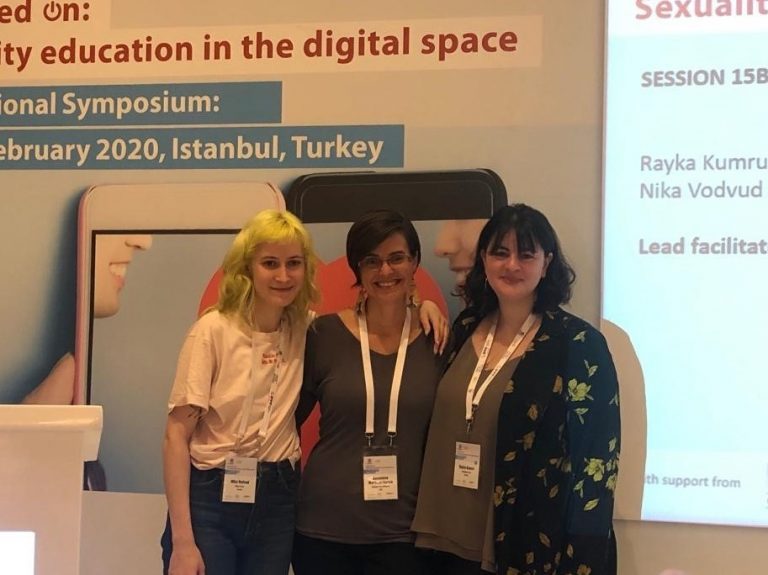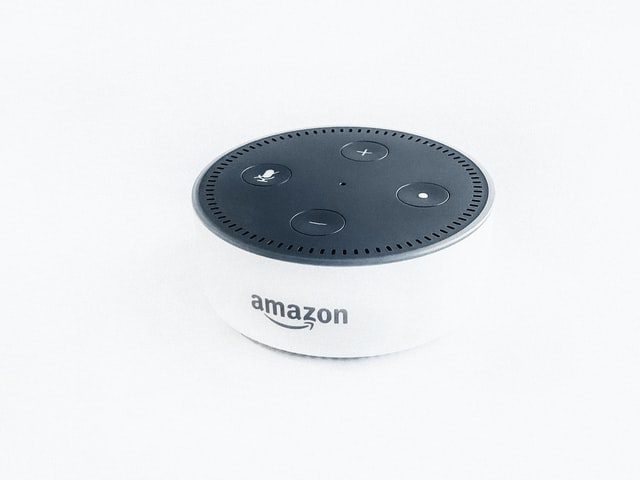Young people are leading in delivering quality content and health information to their peers.
Sex education is everywhere—in schools, in clinics, in places of faith, and of course on your screen. Sex ed in digital spaces has grown tremendously over the last ten years thanks to the easy access to production tools (for content developers) and mobile devices and WiFi connectivity (for consumers), but also due to the lack of formal sex ed programs that meet the widely diverse needs of young people. Last month, I was invited to present at “Switched On: Sexuality education in the digital space,” an international symposium organized by UNESCO and UNFPA. Over 170 participants from all over the world gathered in Istanbul, Turkey, to share their experiences and lessons learned in producing, sustaining, and evaluating digital sexual health initiatives.
Influencers are a vibrant, fresh voice in the digital space where they support populations traditionally marginalized.
Over the course of three days, I learned firsthand the breadth and depth of this field, and I engaged in conversations on the direction of sex ed online initiatives. First, I need to clarify that sex ed online is not just a translation of a face-to-face program for a mobile device. Sex ed online comes in all shapes and forms and are produced by diverse actors ranging from governments, sexual health experts, and young influencers through blogs, vlogs, Instagram, websites, mobile apps, and mobi sites (websites for mobile devices).
Here are a few big “aha” moments that emerged for me from the conference that will hopefully give you some inspiration, food for thought, and perspective of the potential of these approaches.
Young people are leading in delivering information to their peers.
In fact, influencers are a vibrant, fresh voice in the digital space where they support populations traditionally marginalized, including LGBTQ+ and people with disabilities. LGBTQ+ and queer influencers have been particularly outstanding in reaching across geographical boundaries to create a global community through their YouTube videos and social media presence.
Also, these influencers do not shield themselves behind an institutional name. On the contrary, their personal lives are front and center of their message. Although loved and followed by hundreds of thousands, they are subject to hate and personal threats. Many have been harassed in their own homes or followed in the street. Others are afraid that national censorship laws are used to prosecute them.
We need to reframe what quality content is.
Often when we talk about “good quality” content we come from a place of privilege. We usually refer to content authored by experts with advanced degrees, medically-accurate, comprehensive, inclusive, trauma-informed, evidence-based, etc., etc., etc. We fail to acknowledge that our “quality” lens may be at odds with what authentically moves people. And certainly, some tensions emerged as we discussed what “good quality” sex ed was. Some of the biggest influencers online are not subject to a public health script. They don’t use a behavior change theory or a logic model to organize their content and messaging. Their content is inspired by their reaction to their daily lives and their experiences. It is this authentic voice and angle that engages youth. Once you force layers of “good quality” content to ensure a behavior change will ensue, this authenticity will be lost. And if you still feel skeptical about video content put out by non-sex ed authorities, consider that some of these influencers have hundreds of thousands of followers, and some of their videos have surpassed one million views! How’s that for reach?
Emerging evidence is guiding practice, but there is a need for more research and data about the impact and effectiveness.
Evidence is key to scale, replicate, and build on successful programs. But again, the traditional way we gather “evidence” generally benefits programs that are set up to be evaluated. Think about programs built on theory, with a logic model and with desired impact outcomes. These programs lend themselves nicely to a randomized-controlled trial and other highly-structured evaluations. However, success cannot only be defined as programs that impact a specific health outcome. New approaches to evaluation should be put in place to assess these digital initiatives using as a starting point their own mission and purpose.
If you are curious to see what these influencers are up to, check some of them out!Hayden Royalty (South Korea)Hannah Witton (United Kingdom)Nixel Pixel (Russia) (translate the captions in Settings to follow along)Ask Dr. MalikPapaya Tropical (Puerto Rico)Rayka Kumru (Turkey)Cecilia Ce (Argentina)








